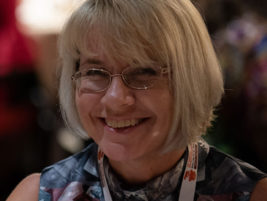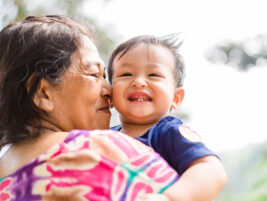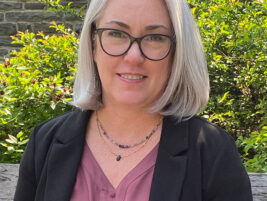The editors of Perspectives in Infant Mental Health are delighted to announce the birth of The World in WAIMH, an occasional column intended to generate reflection and dialogue on the roles of context, culture, and community in infant mental health around the world. Our shared hope is that this will offer a space for questioning, challenge, dialogue and interdisciplinary discussion.
The Editors are calling for
- commentary,
- field reports,
- case studies,
- concept or theory building papers,
- research articles,
- book reviews,
- literature reviews,
- and (when proper permission can be obtained) adaptations of previously published articles
(Articles of any length up to 20 pages (250 words per page/12 point font) will be considered for publication. See below for additional guidelines. Please email submissions to Deborah Weatherston at dweatherston@mi-aimh.org)
We welcome articles about individual, family, community and population level practice, policy, research and theory that address questions such as those that follow and that pose other pressing ones.
In our globalized world, every infant and family is affected by forces far beyond their reach, forces that may strengthen, hinder, or undo the work of infant mental health professionals. To be a truly global organization, WAIMH will increasingly need to understand and develop strategies to address these forces. To foster healthy early development around the world, WAIMH will need to extend its reach, and to learn from contexts, cultures and communities that are not or only minimally represented in its current membership. Among the many questions to answer are:
- What processes can contribute to a more inclusive and expansive knowledge base?
- What kinds of partnerships – with members of cultures not yet represented within WAIMH, with other organizations, with other disciplines such as cultural anthropology or community psychology – are needed to truly put the world in WAIMH?
Roughly 97% of academic research on developmental psychology has focused on less than 1% of the world’s population and many of its findings have mistakenly been assumed to be universally applicable, leading us to ask:
- What do we know, and how can we learn, about infant mental health around the world?
- How do local contexts, cultures and communities understand, affect and optimize infants’ development? What are the implications of contextual specificities – for example, how ‘family’ is defined – for infant mental health intervention design?
For decades now, the field of infant mental health has conceptualized human development as transacted within dynamic systems made up not only of the infant’s family, but also of the broader social, economic, political and physical spheres in which they are situated. Bronfenbrenner’s ecological model and Sameroff’s transactional model are often invoked, but their implications for infant mental health practices still hold much untapped potential, leaving many questions for us to explore:
- What do infant mental health professionals need to know about the institutions and environments and other constituents of the systems in which infants and families develop?
- What interactions can or should infant mental health professionals – and their professional organizations- engage in with the members of the dynamic systems beyond the family in which infants develop?
- Would such interactions dilute the work or overwhelm mental health professionals? Can their goals be achieved for all infants any other way?
In the United States, a shocking 20% of children are currently living in poverty. Despite expanded healthcare coverage, most of those who need infant mental health services do not have access to them. Yet in many developing countries, efforts to improve infants’ survival rates still often take precedence over efforts to ensure their healthy development, inviting us to think more deeply:
- What is the role for infant mental health services in contexts like these?
- What would it take for infant survival and development to be integrated, and what would this look like in different contexts, cultures and communities?
- How can infant mental health services be scaled proportionally to the needs?
- What role can mental health prevention and promotion play in these settings?
- What role should infant mental health and WAIMH play in scaling prevention and promotion strategies?
Joshua Sparrow, Director of Planning, Strategy and Program Development at the Brazelton Touchpoints Center (Boston Children’s Hospital/Harvard Medical School), conceived of this column and has enthusiastically agreed to coordinate it. The Editors are calling for concept papers, research articles, adaptations of articles, and literature reviews that address questions such as these and that pose other pressing ones. We look forward to your reflections and hope that vigorous dialogue in this reflective space will ensue.
The following are general guidelines for Perspectives:
- APA, sixth edition, for style
- 12 point font
- Double spaced
- 250 words per page
- Articles of varying length are welcome, however, length should not exceed 20 pages Word-format
- Send pictures and tables in separate files, with a resolution of at least 72 pixels/ inch
- Manuscripts are accepted throughout the year
- Articles much shorter than 20 pages are also welcome for submission
Vol. 21 No.3 Fall 2013 – From the Editors
Authors
Weatherston, Deborah,
dweatherston@mi-aimh.org,
Fitzgerald, Hiram E.,
fitzger9@msu.edu,
Michigan, USA
Foley, Maree,
maree.foley@vuw.ac.nz,
New Zealand








